Accurate Indoor Air Quality Assessments
Indoor air quality testing is a vital process for assessing the presence of pollutants, allergens, and other airborne contaminants within enclosed spaces. These tests help identify sources of poor air quality and provide data necessary for improving indoor environments. Proper testing can reveal issues such as mold spores, volatile organic compounds (VOCs), dust particles, and other indoor pollutants that may impact health and comfort.
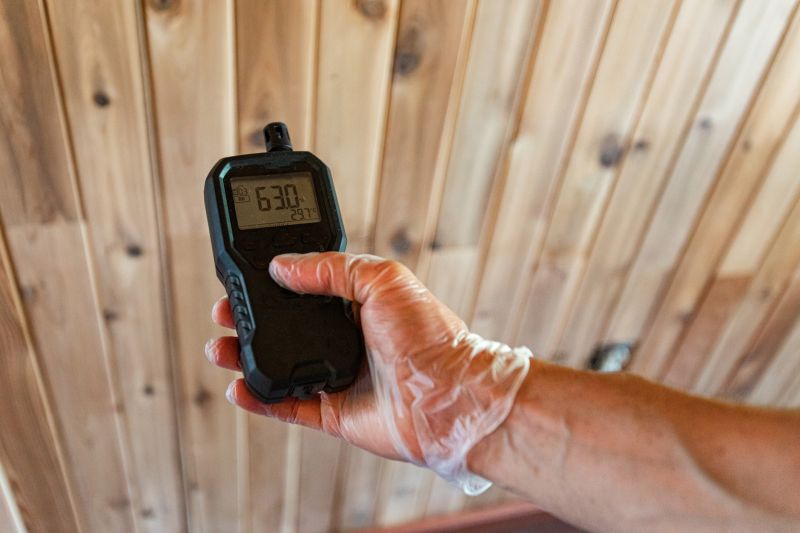
High-precision devices used to measure various airborne contaminants and ensure accurate assessment of indoor environments.
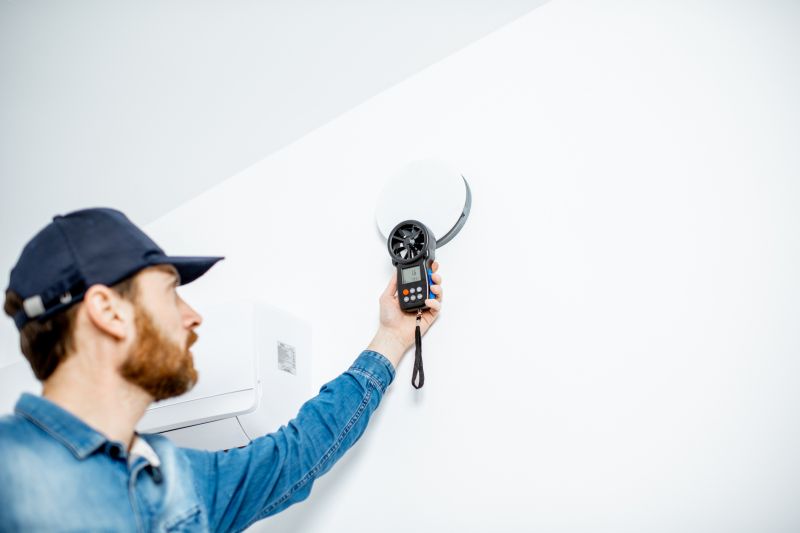
Tools utilized to gather samples for laboratory analysis, helping identify specific pollutants present in the air.
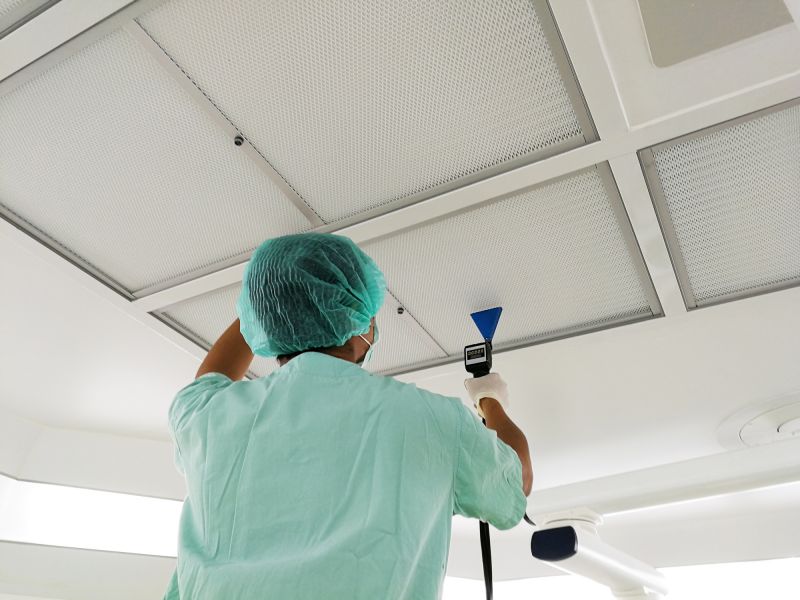
A professional conducting thorough assessments to evaluate indoor air conditions and identify potential issues.
Statistics indicate that indoor air can be significantly more polluted than outdoor air, with levels of certain pollutants sometimes exceeding recommended safety limits. Studies show that poor indoor air quality can contribute to respiratory problems, allergic reactions, and other health concerns. Regular testing is essential for maintaining a safe and healthy indoor environment, especially in homes, offices, and commercial buildings.
Includes mold spores, dust mites, VOCs, pet dander, and bacteria, all of which can affect indoor air quality.
Exposure to indoor pollutants can lead to respiratory issues, allergies, asthma, and other health problems.
Ensures accurate results, comprehensive analysis, and effective recommendations for improving air quality.
Periodic assessments are recommended, especially after renovations, water damage, or if occupants experience health symptoms.
The process of indoor air quality testing typically involves a professional visiting the site to perform initial inspections, followed by sample collection using specialized equipment. The collected samples are then analyzed in laboratories to identify pollutants and their concentrations. The entire process usually takes a few hours, depending on the size of the space and the complexity of testing required. Accurate testing provides valuable insights for developing targeted solutions to improve air quality.
Hiring a professional for indoor air quality testing ensures thoroughness and accuracy. Experts are equipped with advanced tools and knowledge to detect issues that might be missed with DIY methods. Their assessments can help determine the root causes of air quality problems and recommend effective remediation strategies, contributing to healthier indoor environments.
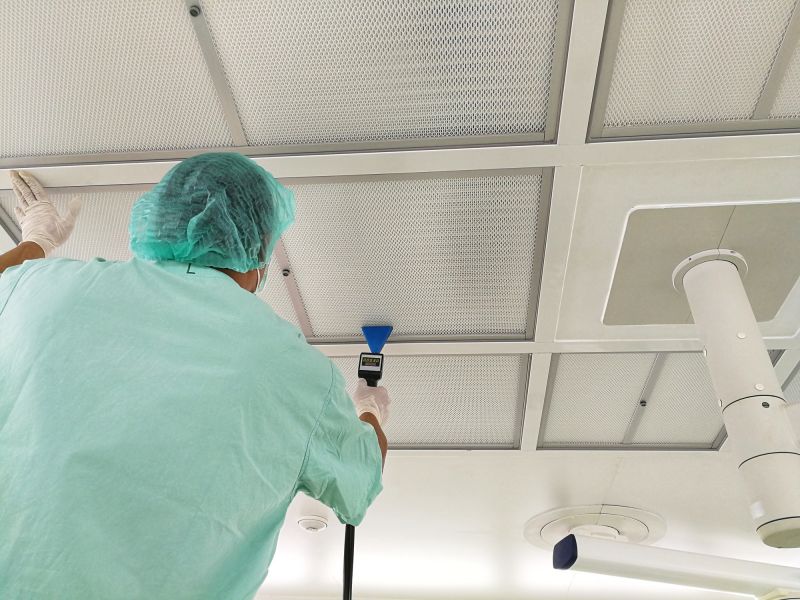
Advanced devices measuring airborne contaminants during a professional assessment.
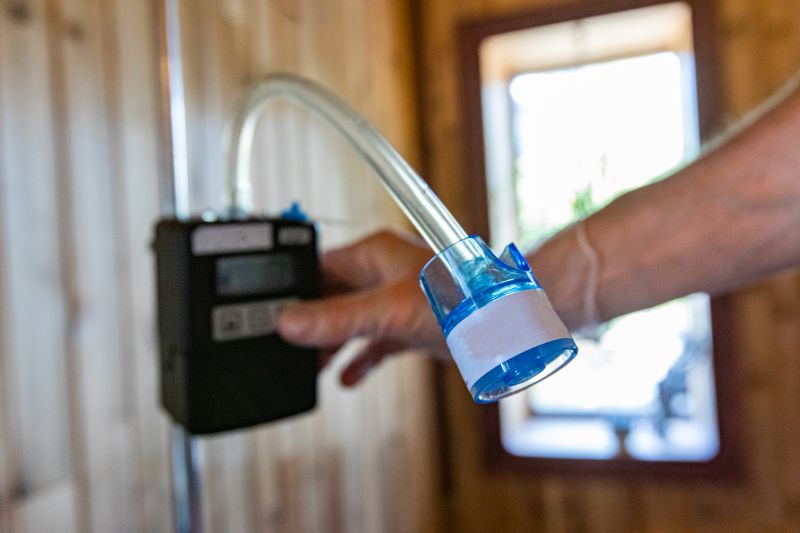
Samples being analyzed to identify specific pollutants and their levels.

Detailed documentation of findings and recommended actions for improving air quality.
If interested in obtaining an indoor air quality testing quote, please fill out the contact form. Providing detailed information about the space and concerns will help facilitate an accurate assessment and tailored recommendations for improving indoor air conditions.
